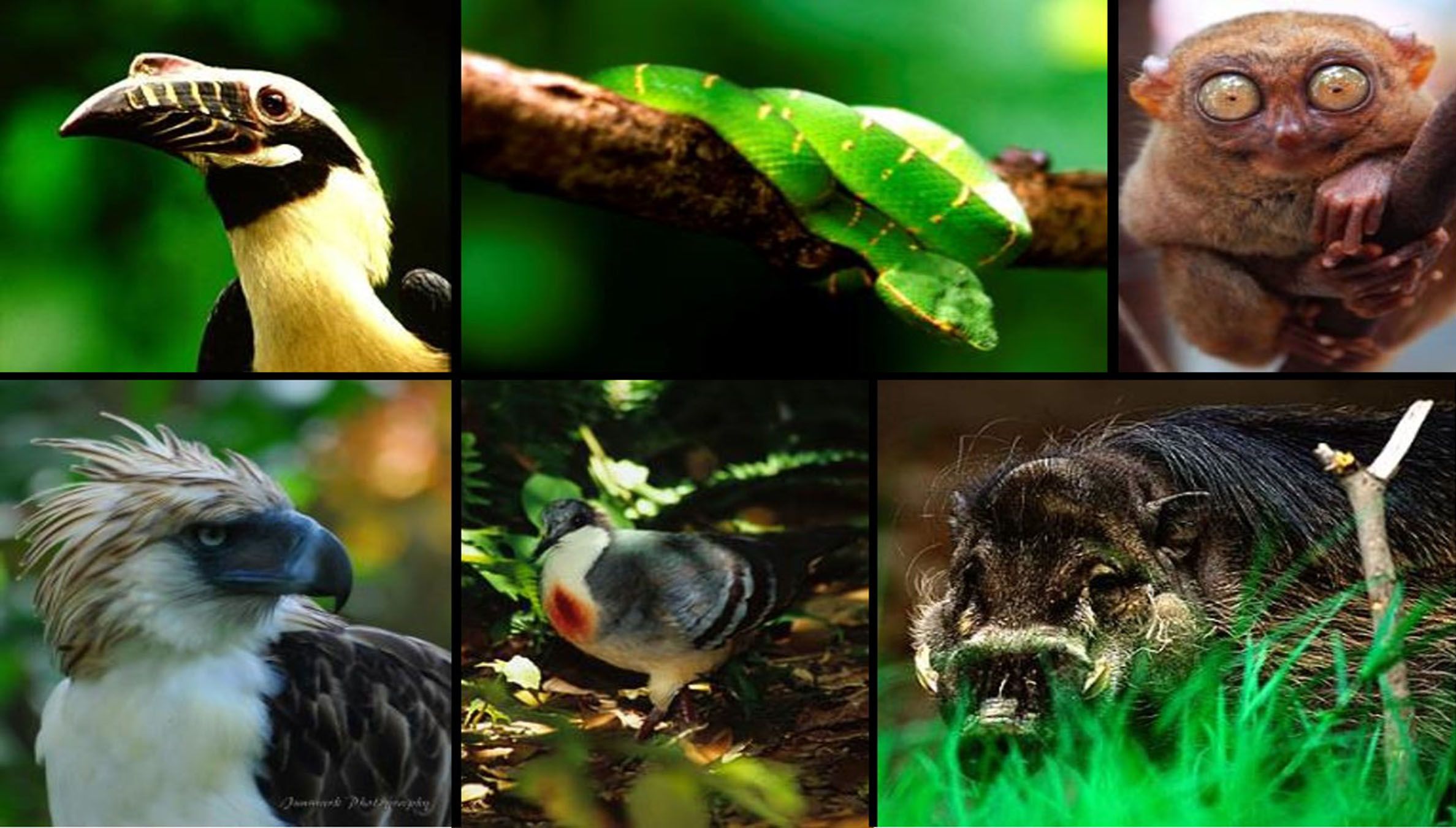Tucked away in the lush, verdant landscapes of the Philippine archipelago, an orchestra of unique creatures sings a melody of survival, each in their own silent way adding to the symphony that is the country's rich biodiversity.
The Philippines is one of the world's most mega-diverse countries, a testament to the array of flora and fauna that call it home. This natural heritage is an irreplaceable treasure that not only contributes to global biodiversity but also serves as the foundation for the country's ecological stability.
However, a deafening threat is silencing this wildlife symphony. Deforestation, illegal wildlife trade, and climate change are pushing many species toward extinction. The tamaraw, the Philippine eagle, and the Philippine tarsier, among others, are some of the species echoing the silent roar of this crisis. The loss of these creatures would not only silence a part of our natural orchestra but also disrupt the delicate balance of our ecosystems.
Conservation efforts in the country are making strides. Protected areas have been established, and laws like the Wildlife Resources Conservation and Protection Act are in place. Yet, the battle is far from won. Conservation should be a collective effort involving governments, local communities, NGOs, and individuals.
Education is pivotal in this endeavor. People must understand the significance of wildlife and the threats they face. Increased awareness can lead to action, from responsible tourism practices to involvement in local conservation initiatives.
Research, too, plays a critical role. Studies on wildlife and their habitats can guide policy development and conservation strategies. Investing in research is investing in the lifeblood of our environment.
In the cacophony of modern life, the silent roar of Philippine wildlife is a call to action. The harmony they create is a shared responsibility, a priceless heritage that we must pass on to future generations, bright and undimmed.
